Attic ventilation plays a crucial role in maintaining your home’s comfort, protecting your attic space, and extending your roof’s lifespan. Without a proper system in place, your home’s energy efficiency may decrease, and roof damage can occur due to trapped heat and moisture. By understanding the importance of roof ventilation and recognizing signs of poor performance, homeowners in San Antonio, TX can make informed decisions. Shield Roofing, with over 25 years of experience, specializes in providing durable, long-lasting roofing solutions tailored to your needs.
Why Attic Ventilation Matters for Your Roof in San Antonio
San Antonio, TX is known for its extreme heat and occasional cold spells, making attic ventilation vital for both your home’s comfort and roof’s lifespan. Proper ventilation prevents heat buildup and allows for consistent airflow, which ensures your attic space remains functional year-round.
Additionally, a well-ventilated attic reduces moisture accumulation, a leading cause of mold and rot that can damage your roof shingles and decking. Investing in an efficient ventilation system keeps energy bills manageable while preserving the structural integrity of your roof.
The Role of Attic Ventilation in Roof Longevity
Proper attic ventilation is crucial for your roof’s durability and performance. It regulates temperature by expelling hot air in summer, reducing strain on shingles and preventing warping, cracking, or curling that can lead to costly repairs or premature replacement.
In winter, ventilation stops condensation from warm indoor air meeting cold attic surfaces, protecting your roof decking from damage. This balanced airflow is essential for maintaining your roof’s load-bearing capacity.
Additionally, proper attic ventilation helps you uphold roof warranties; many manufacturers require it for warranty validity. With Shield Roofing’s Owens Corning and GAF-certified solutions, ensure your roof is built tough and designed to last.
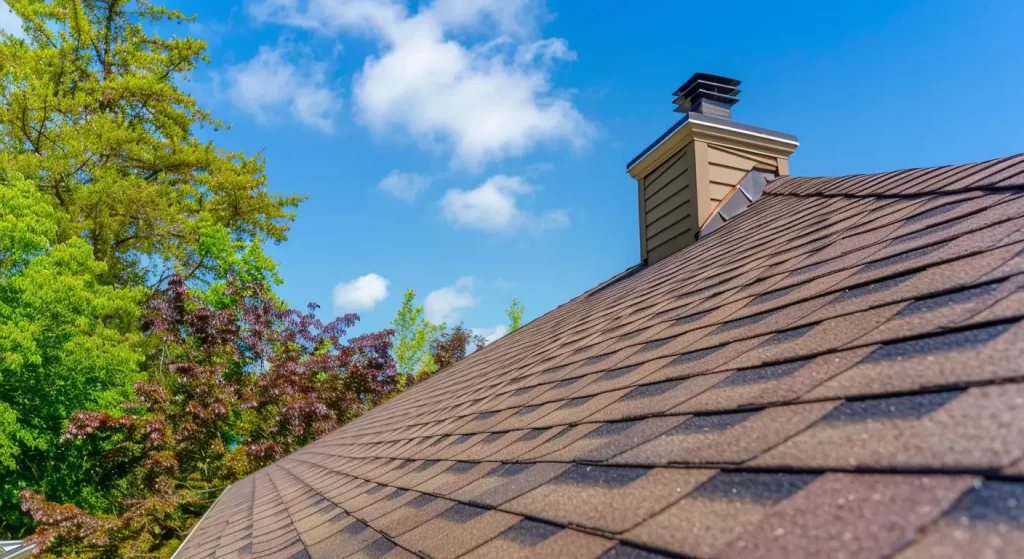
How Ventilation Affects Energy Efficiency and Comfort
Poor attic ventilation can cause overheating and high energy bills. Trapped warm air raises attic temperatures, which then seeps into your living spaces, forcing your AC to work harder.
Proper insulation and ventilation stabilize indoor temperatures by allowing hot air to escape and cool air to circulate, reducing HVAC strain and controlling energy costs.
Additionally, balanced airflow improves overall comfort in your home. With Shield Roofing’s professional solutions, you can maintain regulated temperatures year-round in San Antonio.
Signs Your Roof May Need Better Attic Ventilation
Recognizing early warning signs for poor attic ventilation can save you thousands in repair costs. Homeowners should inspect their attic space for visible damage to roof shingles and monitor for unexplained heat loss. Poor ventilation often leads to excessive heat buildup, causing discomfort and higher energy bills.
Additional symptoms include condensation on attic walls or excessive moisture accumulation. Addressing these signs quickly with Shield Roofing’s expert inspections will prevent further damage and ensure your roof stays in prime condition.
Visible Damage to Shingles or Roof Decking
Visible damage to shingles or roof decking may signal poor attic ventilation. Curling, buckling, or cracking shingles indicate excessive heat buildup, which can warp shingles and compromise their protection.
Moisture-related sheathing deterioration also points to inadequate ventilation. Trapped humid air causes condensation, leading to decking rot. Adhering to local building codes ensures proper ventilation, preventing these issues. Poor airflow reduces roofing material lifespan, raises energy bills, and affects home comfort.
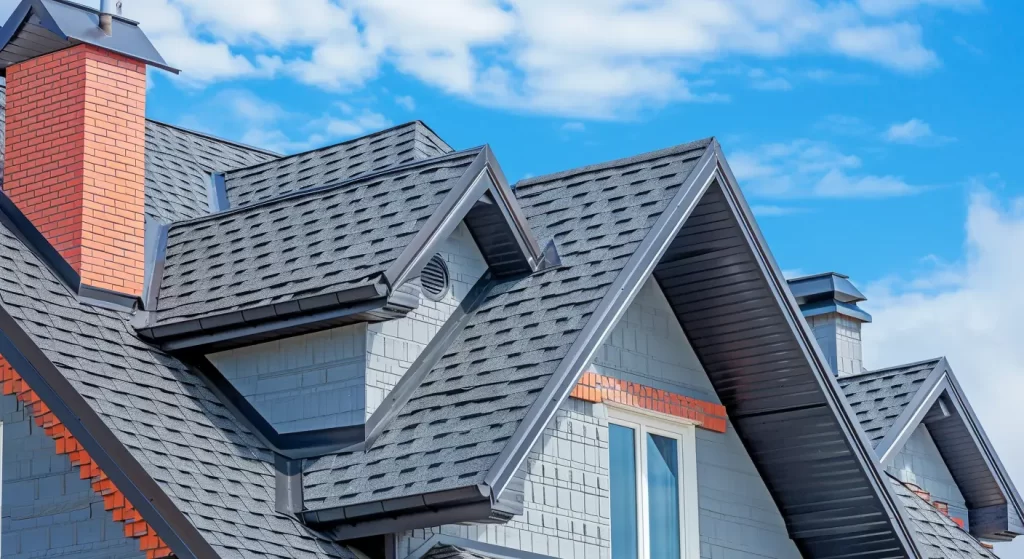
High Indoor Temperatures and Energy Bills
If your home feels uncomfortably warm despite a functioning HVAC system, poor attic ventilation may be the issue. Trapped hot air leaks through insulation or the attic floor, causing your air conditioner to run constantly.
High energy bills and fluctuating indoor temperatures indicate insufficient airflow. Proper roof vents effectively expel warm air while allowing cool air in through intake vents.
Shield Roofing can enhance your ventilation with ridge or turbine vents, reducing energy usage and improving comfort for San Antonio homeowners while cutting costs.
Common Problems Caused by Poor Attic Ventilation
Poor attic ventilation invites a host of issues, from financial inefficiencies to structural damage. Moisture accumulation is a common concern, leading to mold growth and weakened attic spaces. In colder climates, it can even result in ice damming, which further damages roof shingles.
To avoid these costly outcomes, ensure your attic is equipped with a balanced combination of intake and exhaust vents that match your home’s design and square footage requirements. Shield Roofing offers robust solutions to keep your roof in excellent condition.
Mold, Mildew, and Moisture Accumulation
Excess moisture in an attic can cause significant issues, such as mold and mildew growth. These fungi thrive in humid conditions often due to poor ventilation. A well-designed attic ventilation system controls humidity by allowing warm, moist air to escape through exhaust vents while cooler, drier air enters via intake vents like soffits.
Neglecting moisture problems can compromise roof shingles and structural integrity, leading to costly repairs. Regular attic inspections for mold are crucial for a healthy environment and extending roof life. Building codes often require specific humidity control measures, highlighting the need for ongoing monitoring of your roof’s ventilation.
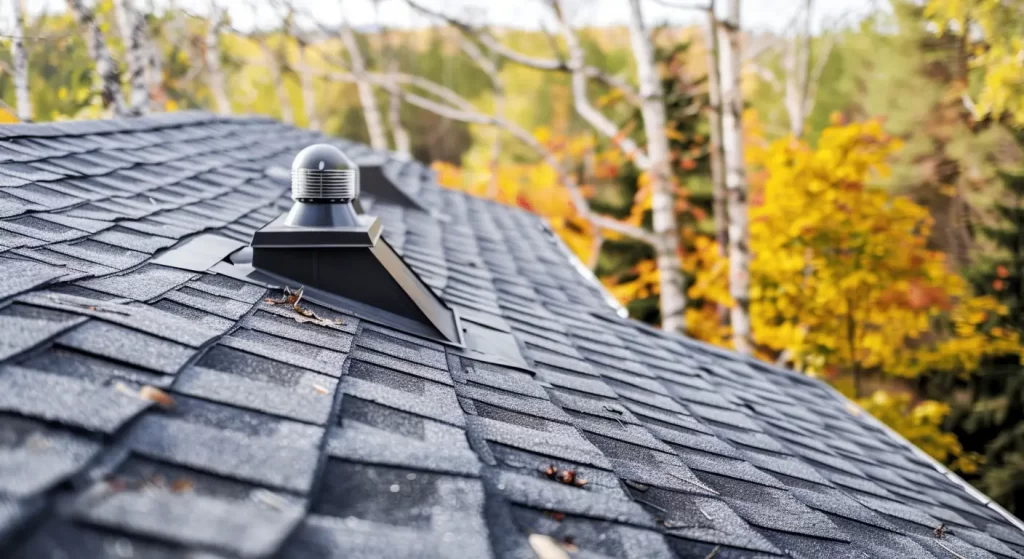
Ice Dams and Premature Roof Aging
Ice damming occurs when warm air rises to your roof’s attic space, melting snow that refreezes at the gutters. This creates excess load and prevents water from draining properly. Such conditions can prematurely age your roof shingles, causing cracking or buckling.
Proper ventilation prevents warm air buildup, reducing your risk of ice dam formation and extending your roof’s life. Shield Roofing’s advanced solutions help San Antonio homeowners maintain their roofs all year round.
Evaluating Your Attic’s Current Ventilation
Assessing your attic’s ventilation ensures it meets building codes and safeguards against potential temperature or moisture damage that could lead to costly repairs. Inspect the intake vents and roof vents for any blockages or inefficiencies that might compromise airflow. For larger attic spaces, consider using tools like vent area calculators to accurately measure airflow and optimize ventilation. If you’re unsure about your findings, Shield Roofing’s professional evaluations can recommend appropriate exhaust vent systems and ensure adequate coverage for your attic’s square footage, enhancing the overall efficiency of your home.
Types of Roof Vents—Passive vs. Active
Understanding the difference between passive and active roof vents is crucial for effective attic ventilation. Passive ventilation uses soffit and ridge vents to allow natural airflow, providing a cost-effective solution favored by homeowners. In contrast, active ventilation employs mechanical systems like power and turbine vents to enhance airflow when needed, reducing humidity and preventing condensation. Both systems must comply with local building codes to ensure adequate net free area for specific attic sizes. Choosing the right system can improve energy efficiency and extend your roof’s lifespan.
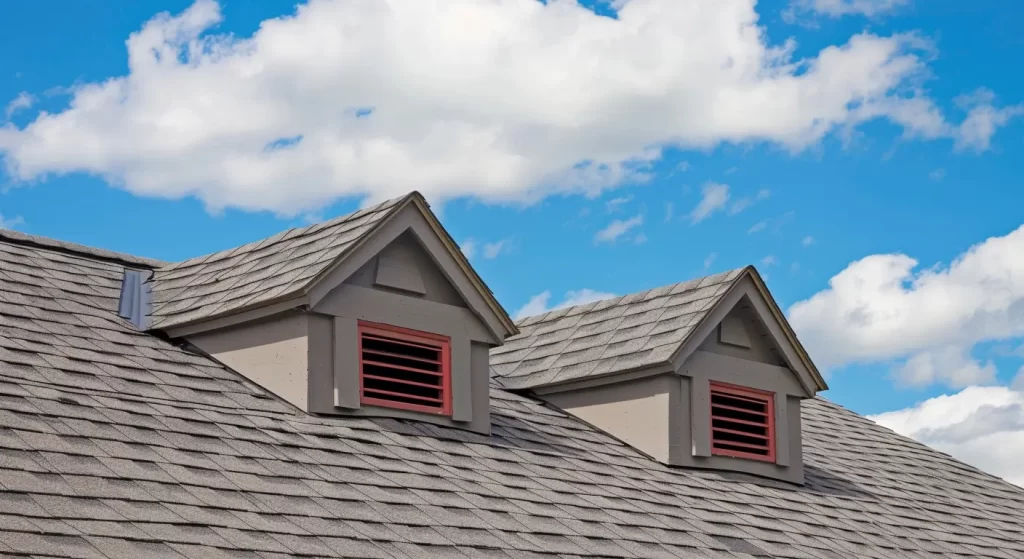
Calculating the Right Amount of Ventilation for Your Home
Proper ventilation relies on the square footage of your attic. To determine the needed net free area (NFA), first divide the square footage of the attic by 150 (or 300 according to particular building regulations). Next, multiply that figure by 144 to convert to square inches. Then, allocate the results evenly between intake and exhaust vents. For instance, an attic measuring 1,500 sq. ft. could necessitate 8 passive vents or 2 active vents to meet code requirements.
Professional Solutions Offered by Shield Roofing
Shield Roofing provides expert attic inspections and comprehensive solutions for San Antonio homeowners, focusing on maximizing the lifespan of roofs. We address issues related to inadequate airflow and suggest top-tier products from Owens Corning and GAF to deliver tailored outcomes. With more than 25 years of experience in the roofing sector, our certified team, which holds certifications as an Owens Corning preferred contractor, GAF accredited, and a BBB A+ rating, along with affiliations with CTRCA and Directorii, guarantees quality installations to ensure your ventilation system fulfills all requirements.
Comprehensive Attic and Roof Inspections
Shield Roofing’s commitment to thorough attic inspections sets them apart in the roofing industry. By meticulously evaluating vent placement and airflow, as well as identifying any potential issues, their team ensures optimal performance and structural integrity for your property. In addition to examining roof shingles, attic joists, and interior walls, Shield Roofing goes the extra mile to provide comprehensive assessments that guarantee peace of mind for their clients. Their attention to detail and dedication to quality craftsmanship make them a trusted choice for all your roofing needs.
Expert Installation Using Trusted Brands
Proper ventilation is essential for your home’s integrity and comfort. We specialize in installing reliable vent systems, such as ridge and turbine vents, using materials certified by Owens Corning and GAF. These trusted materials ensure compliance with building codes and optimal efficiency.
In addition to installation, we offer expert guidance to help you choose the best ventilation solution for your property. Our dedicated professionals deliver superior craftsmanship and exceptional service, ensuring your home remains well-ventilated and free from poor air circulation issues. Trust us to enhance your ventilation system’s longevity and performance, providing peace of mind for years to come.
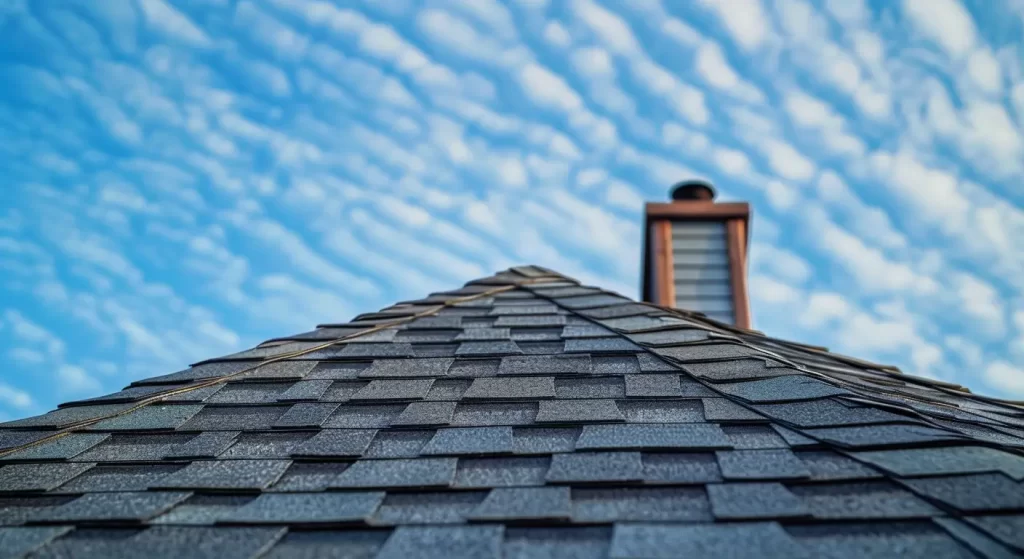
Connect With Us
In conclusion, understanding attic ventilation is vital for your roof’s health and longevity. As a San Antonio, TX homeowner, watch for signs like visible damage or high indoor temperatures to prevent issues like mold and premature aging. Assessing your attic’s ventilation and consulting Shield Roofing can keep your home energy-efficient and comfortable. With over 25 years of experience and partnerships with top brands like Owens Corning and GAF, we offer durable roofs built to last—our goal: roofs built tough! Contact us for a comprehensive inspection or consultation—your roof deserves the best care!
Read our blog: Step‑By‑Step: Roof Underlayment Selection & Installation
Frequently Asked Questions
Can I add more vents to my existing roof?
Yes, you can add roof vents to improve attic ventilation. The type of vents and square inches of net free area required depend on the existing ventilation setup and building codes in your area. Ensure installation doesn’t compromise your roof shingles.
What happens if you don’t have attic ventilation?
Without proper attic ventilation, moisture buildup and condensation forms, deteriorating roof decking over time. Energy bills increase due to warm air leakage. In extreme cases, poor ventilation leads to structural damage and the need for premature roof replacement.
